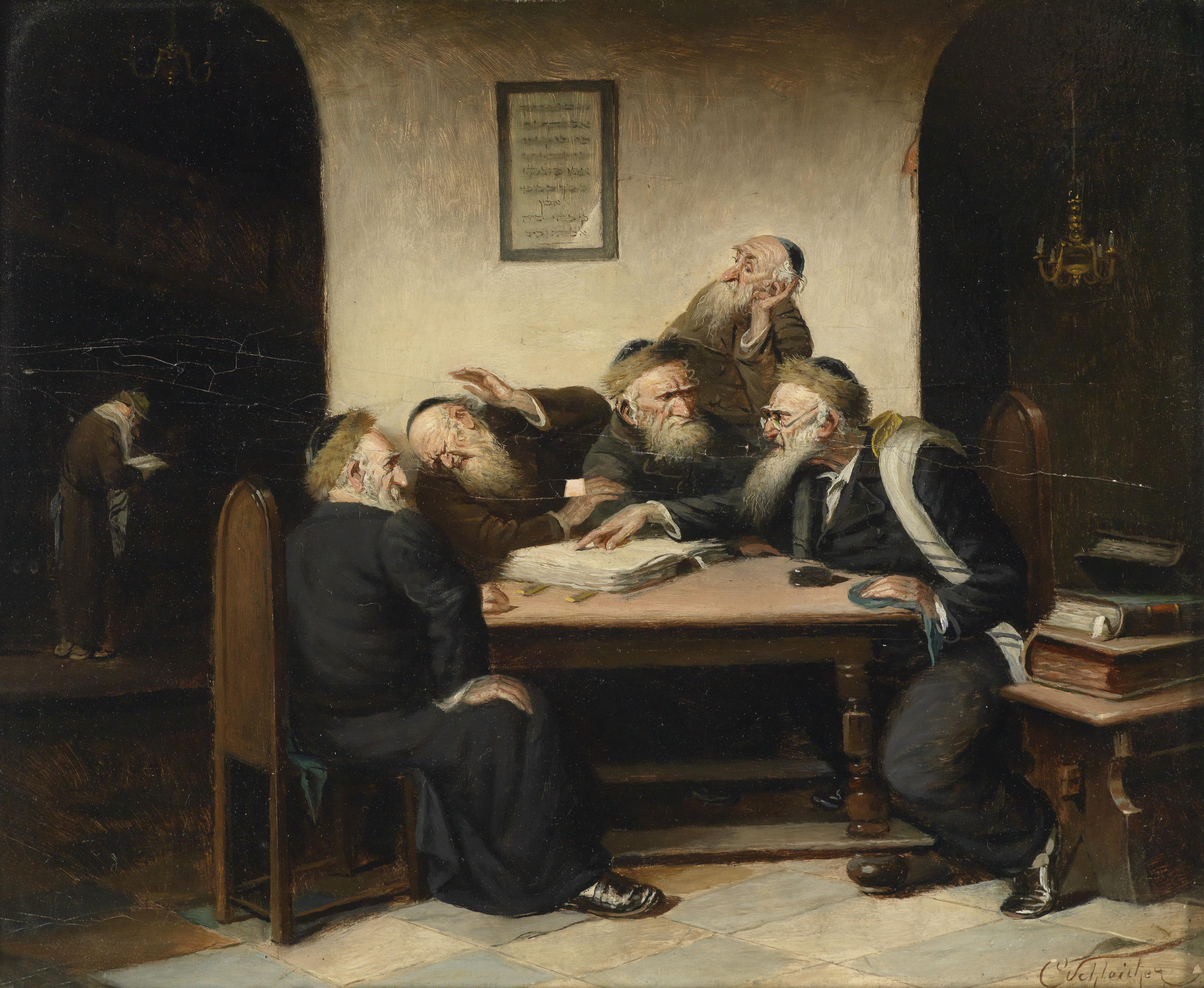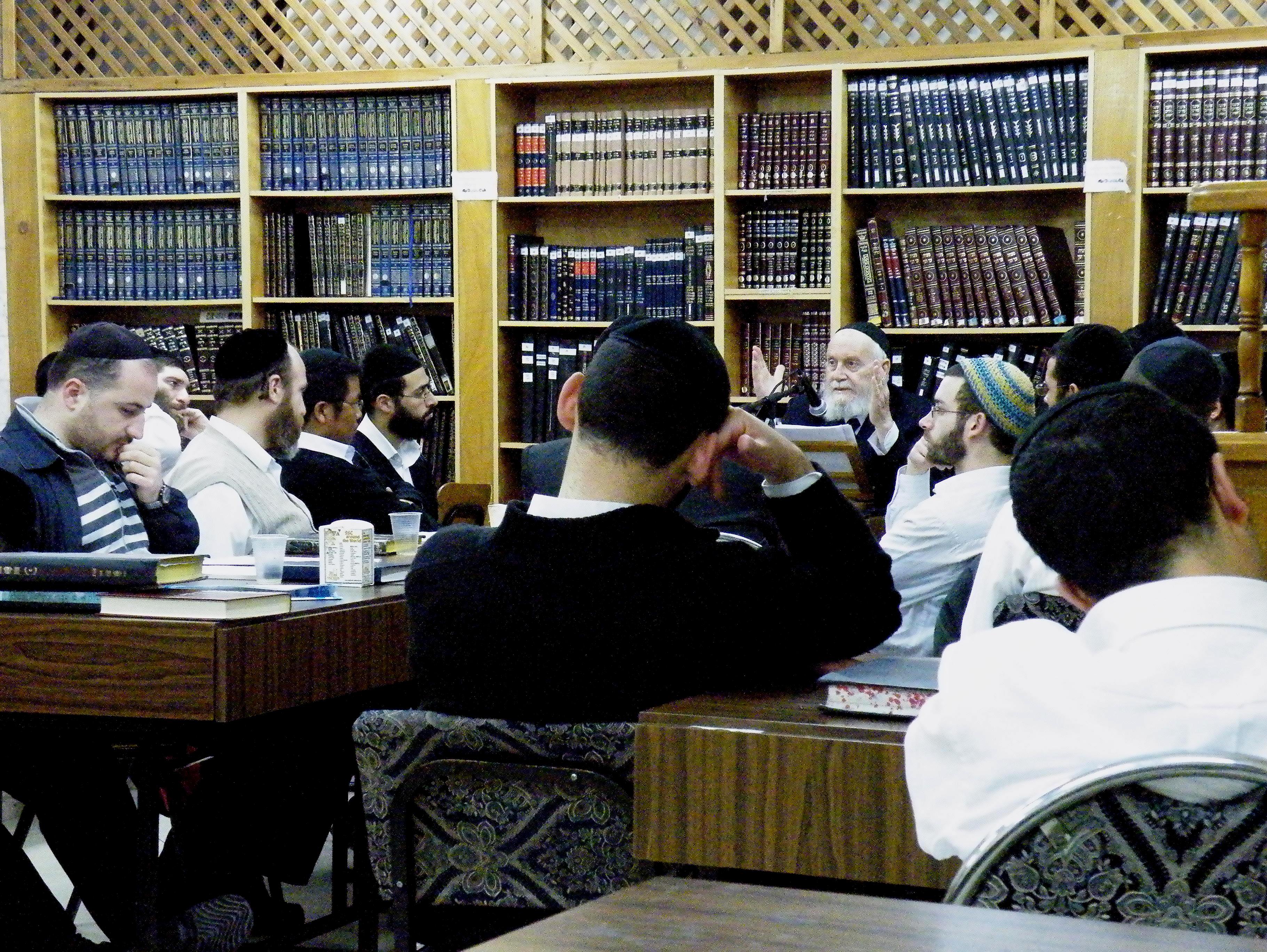|
Unsdorf
Kiryat Unsdorf ( he, קריית אונסדורף), also known as Sorotzkin, after its main street, is a Haredi Jewish neighborhood in Jerusalem. It is located along the northern edge of the mountain plateau on which central Jerusalem lies. Constructed between 1970 and 1985, Unsdorf is home to several landmark educational centers. A large percentage of residents are American-born. Name Unsdorf is named in memory of the Slovakian town of Huncovce (Yiddish: ''Unsdorf''), whose Jewish community was destroyed during the Holocaust. The main synagogue, Be'er Shmuel, is named after the Unsdorfer Rav, Rabbi Shmuel Rosenberg (1842-1919), a disciple of the Ksav Sofer and author of the work ''Be'er Shmuel''. Location Situated along the northern edge of the mountain plateau on which central Jerusalem lies, Unsdorf is one of a series of Haredi neighborhoods extending in a continuous line from the western entrance of Jerusalem to Jaffa Gate. Unsdorf is bordered by Kiryat Sanz to the east, ... [...More Info...] [...Related Items...] OR: [Wikipedia] [Google] [Baidu] |
Kiryat Mattersdorf
Kiryat Mattersdorf ( he, קרית מטרסדורף) is a Haredi neighborhood in Jerusalem. It is located on the northern edge of the mountain plateau on which central Jerusalem lies. It is named after Mattersburg (formerly ''Mattersdorf''), a town in Austria with a long Jewish history. It borders Kiryat Itri and Romema. The main thoroughfare is Panim Meirot Street, which segues into Sorotzkin Street at the neighborhood's eastern end. In 2015, Kiryat Mattersdorf had approximately 700 residents. A lesser known name for the neighborhood is Kiryat Sheva Kehillos, in memory of the Siebengemeinden (Seven Communities) of Burgenland which were destroyed in the Holocaust, Mattersdorf being one of them. History Kiryat Mattersdorf was founded in 1958 by the Mattersdorfer Rav, Rabbi Shmuel Ehrenfeld, whose ancestors had served as Rav of the Hungarian, later Austrian town of Nagymarton (later Mattersdorf, now Mattersburg) for centuries, starting with his great-great-grandfather, the Chasam S ... [...More Info...] [...Related Items...] OR: [Wikipedia] [Google] [Baidu] |
Kiryat Itri
Kiryat Itri ( he, קריית איתרי) is a Haredi neighborhood in Jerusalem. It is located on the northern edge of the mountain plateau on which central Jerusalem lies. The neighborhood was established in the late 1960s by Rabbi Mordechai Elefant, in co-operation with the Jewish Agency for Israel, to encourage American Jewish immigration to Israel. The small neighborhood is usually associated with the larger, adjoining neighborhoods of Kiryat Mattersdorf to the west or Unsdorf to the northeast. History Kiryat Itri was established in 1967 by the Israel Torah Research Institute (ITRI) of New York City, under the leadership of Rabbi Mordechai Elefant, institute dean. Elefant established Yeshivas Itri in the southeast of the city the following year. The housing development was undertaken in co-operation with the Jewish Agency for Israel, to encourage American Jewish immigration to Israel. Construction costs exceeded IL30 million (US$7.5 million, or $ in current dollar t ... [...More Info...] [...Related Items...] OR: [Wikipedia] [Google] [Baidu] |
Huncovce
Huncovce (; hu, Hunfalva, til 1902: Hunfalu, german: Hunsdorf, Hunszdorf, Hundsdorf in der Zips, Hunzdorf, Hunesdorf, yi, אונסדאָרףֿ ''Unsdorf'', he, אונסדורף, la, Villa Canis, Hunisvilla) is a village and municipality in Kežmarok District in the Prešov Region of north Slovakia. Geography The municipality lies at an altitude of 639 metres and covers an area of 13.262 km2. It has a population of about 2400 people. History The village belonged to a German language island. The German population was expelled in 1945. People * David Friesenhausen David ben Meir Cohen Friesenhausen (1756–1828) was a German-Hungarian astronomer, ''maskil'', mathematician, and rabbi. Friesenhausen was one of the first proponents of ''Torah im Derech Eretz'', a philosophy of Orthodox Judaism that formalizes a ... (1750, Friesenhausen - 1828, Gyulafehérvár/Alba Iulia), a Jewish Bavarian-Hungarian Talmudist, scientist, mathematician, Hebrew-language writer; lived her ... [...More Info...] [...Related Items...] OR: [Wikipedia] [Google] [Baidu] |
Akiva Ehrenfeld
Akiva Ehrenfeld ( he, עקיבא עהרענפעלד) (1923 – 16 August 2012) was an Orthodox Jewish rabbi who helped establish the Kiryat Mattersdorf and Unsdorf neighborhoods of northern Jerusalem."Harav Akiva Ehrenfeld, zt"l". ''Hamodia'' Israel News, 23 August 2012, p. A14. He served as president of Kiryat Mattersdorf and president of the Chasan Sofer Institutions in the United States. Biography He was born in Mattersdorf, Austria to Rabbi Shmuel Ehrenfeld, then rosh yeshiva of the Mattersdorf yeshiva, and Rochel Ehrenfeld. His parents were first cousins.Cohen, Yitzchok. "The Mattersdorfer Rav". ''Hamodia'' Magazine, 28 May 2009, pp. 6–8. He was named after his parents' ancestor, Rabbi Akiva Eger. Akiva's great-grandfather, Rabbi Shmuel Ehrenfeld (the ''Chasan Sofer''), was the eldest grandson of the Chasam Sofer. At the time of his birth, his grandfather, Rabbi Simcha Bunim Ehrenfeld, was the Rav of the city; upon his death in 1926, Rabbi Shmuel Ehrenfeld succeeded hi ... [...More Info...] [...Related Items...] OR: [Wikipedia] [Google] [Baidu] |
Beth Jacob Jerusalem Seminary
{{disambiguation, surname ...
Beth may refer to: Letter and number *Bet (letter), or beth, the second letter of the Semitic abjads (writing systems) *Hebrew word for "house", often used in the name of synagogues and schools (e.g. Beth Israel) Name *Beth (given name) lists people with the given name Beth *Beth (singer), Elisabeth Rodergas Cols (born 1981) *Evert Willem Beth (1908–1964), Dutch philosopher and logician Other uses * "Beth" (song), by the band Kiss *List of storms named Beth See also * Bayt (other)Bayt/Beit/Beth/Bet (other), meaning 'house' in various Semitic languages; part of many place-names *Bet (other) *Elizabeth (other) Elizabeth or Elisabeth may refer to: People * Elizabeth (given name), a female given name (including people with that name) * Elizabeth (biblical figure), mother of John the Baptist Ships * HMS ''Elizabeth'', several ships * ''Elisabeth'' (sch ... [...More Info...] [...Related Items...] OR: [Wikipedia] [Google] [Baidu] |
Western Wall
The Western Wall ( he, הַכּוֹתֶל הַמַּעֲרָבִי, HaKotel HaMa'aravi, the western wall, often shortened to the Kotel or Kosel), known in the West as the Wailing Wall, and in Islam as the Buraq Wall (Arabic: حَائِط ٱلْبُرَاق, ''Ḥā'iṭ al-Burāq'' ), is a portion of ancient limestone wall in the Old City of Jerusalem that forms part of the larger retaining wall of the hill known to Jews and Christians as the Temple Mount. Just over half the wall's total height, including its 17 courses located below street level, dates from the end of the Second Temple period, and is believed to have been begun by Herod the Great, The very large stone blocks of the lower courses are Herodian, the courses of medium-sized stones above them were added during the Umayyad period, while the small stones of the uppermost courses are of more recent date, especially from the Ottoman period. The Western Wall plays an important role in Judaism due to its proximit ... [...More Info...] [...Related Items...] OR: [Wikipedia] [Google] [Baidu] |
Sukkot
or ("Booths, Tabernacles") , observedby = Jews, Samaritans, a few Protestant denominations, Messianic Jews, Semitic Neopagans , type = Jewish, Samaritan , begins = 15th day of Tishrei , ends = 21st day of Tishrei , date = , date = , date = , date = , observances = Dwelling in '' sukkah'', taking the Four Species, ''hakafot'' and Hallel in Synagogue , significance = One of the three pilgrimage festivals , relatedto = Shemini Atzeret, Simchat Torah , alt=, nickname=, litcolor=, celebrations=, date=15 Tishrei, 16 Tishrei, 17 Tishrei, 18 Tishrei, 19 Tishrei, 20 Tishrei, 21 Tishrei, weekday=, month=, scheduling=, duration=, frequency=, firsttime=, startedby= Sukkot ''Ḥag hasSukkōṯ'', lit. "festival of booths". Also spelled Succot; Ashkenazic: Sukkos. is a Torah-commanded holiday celebrated for seven days, beginning on the 15th day of the month of Tishrei. It is one of the Three Pilgrimage Festivals ( he, שלוש רג ... [...More Info...] [...Related Items...] OR: [Wikipedia] [Google] [Baidu] |
Torah Study
Torah study is the study of the Torah, Hebrew Bible, Talmud, responsa, rabbinic literature, and similar works, all of which are Judaism's Sifrei kodesh, religious texts. According to Rabbinic Judaism, the study is done for the purpose of the ''mitzvah'' ("commandment") of Torah study itself. This practice is present to an extent in all religious branches of Judaism, and is considered of paramount importance among religious Jews. Torah study has evolved over the generations, as lifestyles changed and also as new texts were written. Traditional view In rabbinic literature, a heavy emphasis is placed on Torah study for Jews, Jewish males, with women being exempt. This literature teaches an eagerness for such study and a thirst for knowledge that expands beyond the text of the Tanakh to the entire Oral Torah. Some examples of traditional religious teachings: * The study of Torah is "equal to all" of the ''Mitzvah, mitzvot'' of Honour thy father and thy mother, honouring one's pare ... [...More Info...] [...Related Items...] OR: [Wikipedia] [Google] [Baidu] |
Lithuanian Jews
Lithuanian Jews or Litvaks () are Jews with roots in the territory of the former Grand Duchy of Lithuania (covering present-day Lithuania, Belarus, Latvia, the northeastern Suwałki and Białystok regions of Poland, as well as adjacent areas of modern-day Russia and Ukraine). The term is sometimes used to cover all Haredi Jews who follow a " Lithuanian" ( Ashkenazi, non- Hasidic) style of life and learning, whatever their ethnic background. The area where Lithuanian Jews lived is referred to in Yiddish as , hence the Hebrew term (). No other famous Jew is more closely linked to a specifically Lithuanian city than Vilna Gaon (in Yiddish, "the genius of Vilna"). Rabbi Elijah ben Solomon Zalman (1720–1797) to give his rarely used full name, helped make Vilna (modern-day Vilnius) a world center for Talmudic learning. Chaim Grade (1910–1982) was born in Vilna, the city about which he would write. The inter-war Republic of Lithuania was home to a large and influential Jewish ... [...More Info...] [...Related Items...] OR: [Wikipedia] [Google] [Baidu] |
Shiur (Torah)
Shiur (, , lit. ''amount'', pl. shiurim ) is a lecture on any Torah topic, such as Gemara, Mishnah, Halakha (Jewish law), Tanakh (Bible), etc. History The Hebrew term שיעור ("designated amount") came to refer to a portion of Judaic text arranged for study on a particular occasion, such as a yartzeit, the dedication of a new home, or the evening of a holiday, and then to a public reading and explanation of the same. The act of teaching and studying these texts at the designated time was known in Yiddish as ''schiur lernen''. These shiurim would be attended by all classes of people; it was traditional for learned attendees to engage the lecturer in continuous discussion, and for the larger lay audience to listen intently. Concurrently, the word came to refer to the daily study quotient for students of a yeshiva, and then to the lecture given thereon. Akiva Eger, for example,would not miss learning a single ''shiur'' with the yeshiva. His ''shiurim'' with them were ... [...More Info...] [...Related Items...] OR: [Wikipedia] [Google] [Baidu] |






